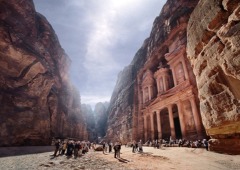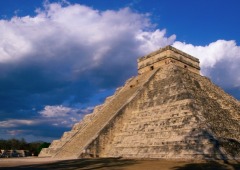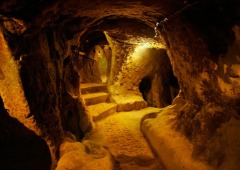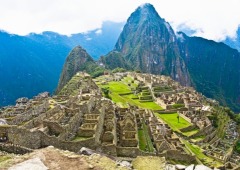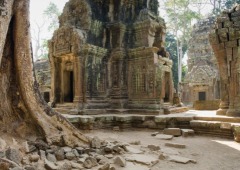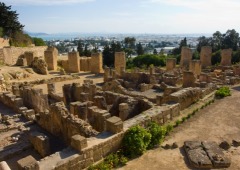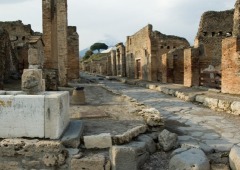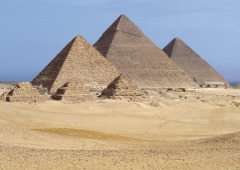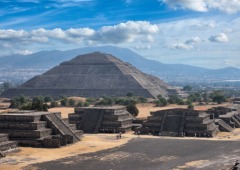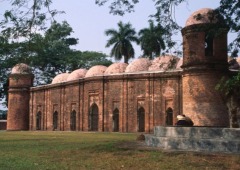Timeline of Prophet Muhammad, Sall-Allahu alayhi wa sallam, and Khulafa Ar-Rashidun
570 AD Prophet Muhammad, SAW was born.
610 AD Prophet Muhammad, SAW, receives first revelation at Mount Hira.
615 AD Persecution of the Muslims by the Quraish. A party of Muslims leaves for Abyssinia. (First Hijrah to Abysinnia).
616 AD Hamza and Umar accept Islam. Second Hijrah to Abysinnia.
619 AD Sayyidna Khadija, Radi-Allahu anha, and Abu Talib die. Visit to Taif. Isra and Miraj.
621 AD First pledge at Aqaba.
622 AD Second pledge at Aqaba. Prophet Muhammad, Sall-Allahu alayhi wa sallam, migrates to Madinah.
624 AD, 2 A.H Battle of Badr.
625 AD, 3 A.H Battle of Uhud.
627 AD, 5 A.H Battle of Trench.
628 AD, 6 A.H Hudaybiyah Treaty.
629 AD, 7 A.H Battle of Khaybar.
630 AD, 8 A.H Conquest of Makkah. Battle of Hunain.
631AD, 9 A.H Battle of Tabuk. Year of Deputations.
632 AD, 10 A.H Farewell Pilgrimage. Prophet Muhammad, SAW, dies. Election of Sayyidna Abu Bakr, Radi-Allahu anhu, as the Khalifah. Usamah leads expedition to Syria. Campaigns against Bani Tamim and Musailima, the Liar.
633 AD, 11 A.H Compilation of the Quran begins.
634 AD, 12 A.H Death of Sayyidna Abu Bakr, Radi-Allahu anhu. Sayyidna Umar, Radi-Allahu anhu, becomes Khalifah. Conquest of Damascus.
635 AD, 13 A.H Conquest of Madain.
636 AD, 14 A.H Conquest of Syria, Mesopotamia, and Palestine.
637 AD, 15 A.H Conquest of Egypt.
640 AD, 19 A.H Government starts minting Islamic coins.
644 AD, 23 A.H Martyrdom of Sayyidna Umar, Radi-Allahu anhu. Sayyidna Uthman, Radi-Allahu, anhu becomes Khalifah.
645 AD, 24 A.H Campaigns in North Africa. Conquest of the island of Cypress.
646 AD, 25 A.H Campaigns against the Byzantine.
647 AD, 26 A.H Naval battle of the Masts against the Byzantine. Persian Empire defeated.
648 AD, 27 A.H Rebellions against the rule of Sayyidna Uthman, Radi-Allahu anhu.
649 AD, 28 A.H Martyrdom of Sayyidna Uthman, Radi-Allahu anhu. Sayyidna Ali, Radi-Allahu anhu, becomes the Khalifah. Battle of the Camel.
650 AD, 29 A.H Sayyidna Ali, Radi-Allahu anhu, shifts the capital from Madina to Kufa. Battle of Siffin.
651 AD, 30 A.H Sayyidna Ali, Radi-Allahu anhu, recaptures Hijaz and Yemen from Muawiyah, Radi-Allahu anhu. Muawiyah, Radi-Allahu anhu, declares himself as the Khalifah at Damascus.
652 AD, 31 A.H Martyrdom of Sayyidna Ali, Radi-Allahu anhu. Muawiyah, Radi-Allahu anhu, becomes Khalifah.


